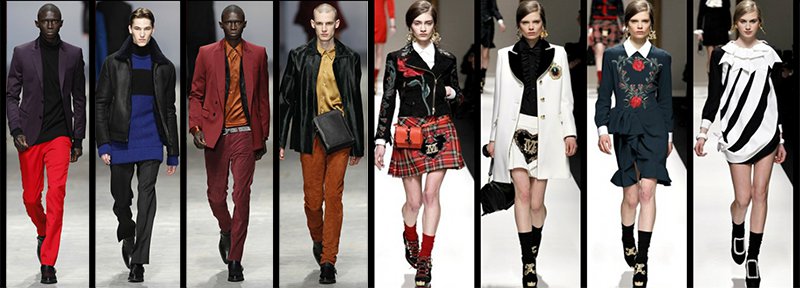Italian Fashion has influenced the global trends and continues to do so today
Italian Clothing
Italy has been a garment industry leader since the 1100s. However, in the first half of the 1900s, its fashion authority waned, in part because the world wars ravaged its economy. During the late 1940s, though, Italian fashion experts began designing clothes that would revolutionize the field.
On February 12, 1951, Italy demonstrated its reinvigorated fashion prowess. That night, Giovanni Battista Giorgini hosted a show at his villa. He’d invited editors and merchants from across the country to see the new creations of various designers. Those presentations were certainly impressive.
Because his gathering was a success, Giorgini organized an expanded version of it. This second production took place at the Grand Hotel in Florence later that year. Fashion reporters from multiple nations attended the show, and most of them were struck by the beauty and wearability of the products.
The clothes were versatile, and their fabrics were luscious. Indeed, since then, a hallmark of Italian brands like Valentino and Zegna has been an unwillingness to scrimp in terms of fabric.
During the 1970s and 1980s, Fendi, Capucci, and other apparel companies opened offices in Rome, making it an industry hub once again. For its part, Milan became the home of powerhouses like Dolce e Gabbana, Armani, and Versace. Further, Milan’s labels proved that great clothing can come in a variety of prices.
As those brands started releasing affordable items, they democratized Italian fashion. They also created looks that excited garment experts and novices alike. For instance, in 1979, Roberto Cavalli devised a way to print patterns on leather, and he then introduced pants that boasted wild prints.
What’s especially interesting is that family-owned companies have long commanded Italian fashion. In fact, approximately 15 families utterly dominate the industry in this country; succeeding generations supply new ideas and perspectives.
For example, Miuccia Prada ― Mario Prada’s granddaughter ― began running her family’s label in 1978. In subsequent years, she helped to popularize minimalist clothing designs. She also proved that sportswear can be stylish and compelling.
Read more about Italian Fashion Brands and Designers
Italian Leather
Italian leather is used in shoes, bags, clothing, upholstery, and other items. It sets the bar for leathers worldwide; it’s often produced by hand, and it’s exceptionally durable. In Florence and most of Tuscany you will find very fine leather products, from belts to bags, jackets and coats, and various accessories. But do not exclude other cities as well such as Rome and Milan to find exquisite Italian leather goods.
Italian Jewelry
The country is also renowned for jewelry ― 18-karat gold in particular ― of the highest quality. The pieces made by the company Buccellati, for example, are as exclusive as any jewelry anywhere. Also, Murano, which is one of the islands in the Venetian Lagoon, is known for factories that make spectacular glassware. Murano glass is frequently found in imitation jewelry.
Italian Eyewear
What’s more, Italy produces most of the world’s sunglasses, and its Luxottica Group is the biggest eyewear company on the planet.
Italian Fragrances
The nation’s fragrances are likewise revered, and Prada, Armani, and many other Italian labels have unique lines of perfumes and colognes.


